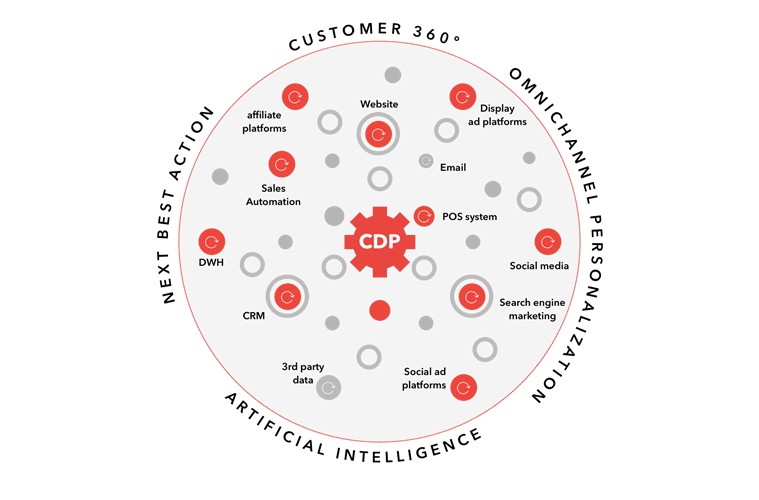
Customer data platforms: adding intelligence to CRM
- sales, marketing and service
The transition to a data-driven society has led customer expectations – and the ways companies manage customers – to evolve. Businesses must capture, use and process vast quantities of data to understand customer behavior and meet customer objectives and sales goals more efficiently. The game-changer? Combining a high-performing tool, meaningful data and data intelligence in order to achieve relevant insights at the right moment, through the right channel, for the right customer.

/Social_media_tips-Content_Card-720x400-(1).webp?mode=autocrop&w=320&h=240&attachmenthistoryguid=531674d2-0a48-42fe-933d-116a3b882b71&v=&focusX=338&focusY=149&c=31ca0a6445c8227006a8c7176702408260b75b24de38089b90e879a6b3b902a5)
/blog_Customer_architecture-banner-750x400-(1).webp?mode=autocrop&w=320&h=240&attachmenthistoryguid=43d4ac90-eec2-41bb-b7df-f22515faa72b&v=&focusX=494&focusY=196&c=a69cf7f37f620d34cb52ad9bf2d8f37cbbb2c7d711e871871c72c55582272a07)

